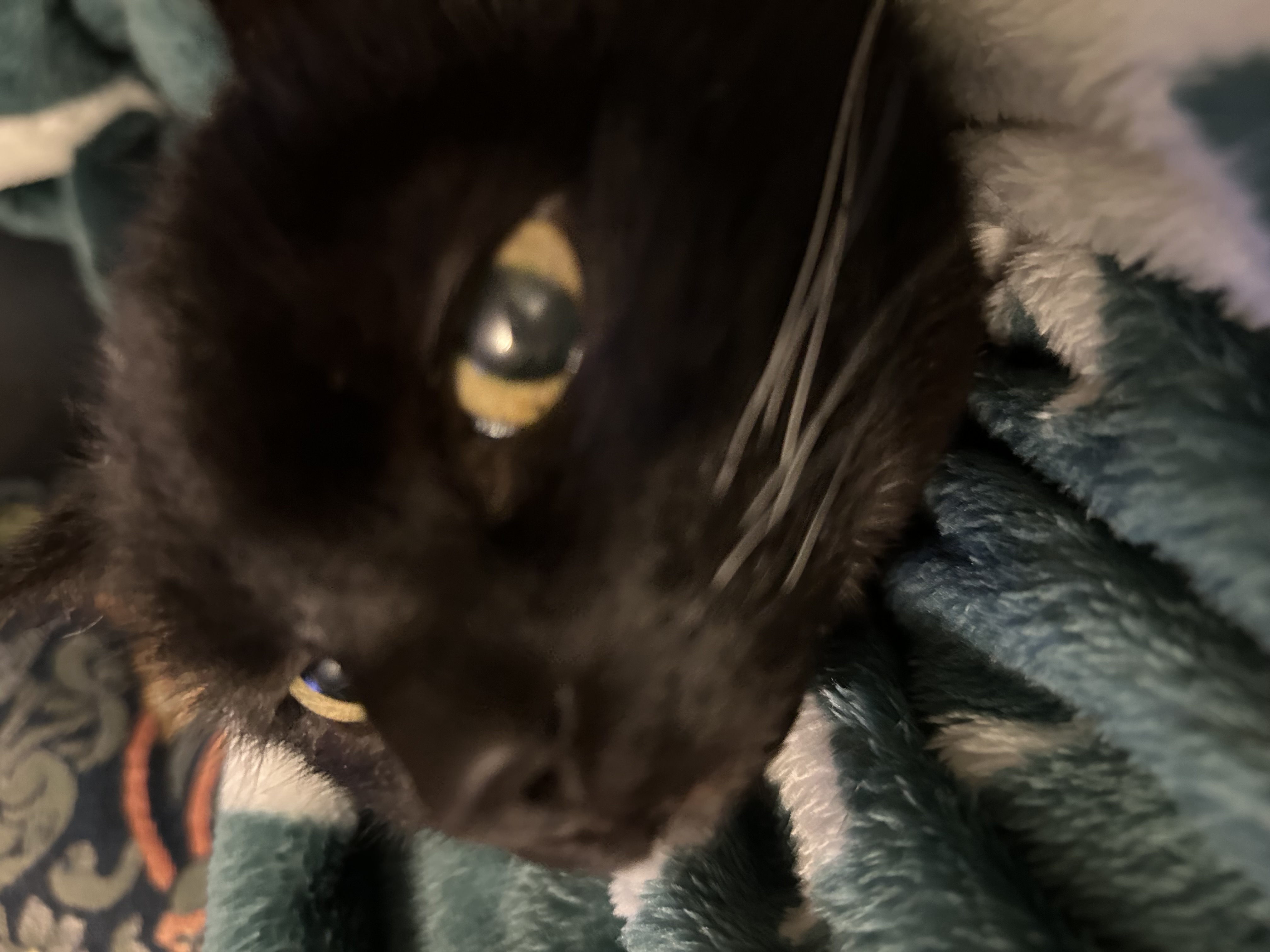Government and control in wartime
Cards (26)
- What increased centralization of power during the Civil War?
- What was the original formation of the Bolsheviks?
- How did Lenin's inclination affect his leadership during the Civil War?
- What city replaced Petrograd as the capital during the Civil War?
- Why was Moscow chosen as the new capital?
- What symbolic change occurred with the capital's relocation to Moscow?
- What fraction of party members fought for the Red Army?
- What was the consequence of party members fighting for the Red Army?
- How did the Soviet bureaucracy change during the Civil War?
- What did the extension of government control suggest about the bureaucracy?
- What was the real driving force behind the government?
- How did the party structure appear to be democratic?
- Who shaped the actual policies and decisions of the Bolshevik party?
- What body was created in 1919 that became the real center for party policy?
- Who were included in the Politburo?
- What happened to the frequency of Sovnarkom meetings?
- What concept did Lenin speak of that tightened the hold of a one-party state?
- What are the key components of the Soviet government structure?
- What are the key components of the Communist party structure?
- What was the impact of the Civil War on the communist state?
- What demand tightened due to the Civil War?
- What mentality did the Bolshevik communists adopt during the Civil War?
- What happened to areas conquered by the Red Army?
- What was Stalin's view on the control of conquered areas?
- What was Lenin's preference regarding the structure of the Soviet republics?
- When was the USSR established?
See similar decks
OCR A-Level History
3511 cardsAQA A-Level Politics
1262 cardsOCR A-Level Politics
2799 cardsEdexcel A-Level Politics
2641 cardsAQA GCSE History
1635 cardsAQA A-Level Economics
4581 cardsAQA A-Level Mathematics
1840 cardsAQA A-Level Music
1824 cardsAQA A-Level Chemistry
2987 cardsAQA A-Level Accounting
2542 cardsAQA A-Level Philosophy
1877 cardsAP World History
3750 cardsAQA A-Level Sociology
2471 cardsAQA A-Level Physics
3710 cardsAQA A-Level Geography
1774 cardsAQA A-Level Spanish
2131 cards2024-25 AQA A-Level Physics
4036 cardsAQA A-Level French
2183 cardsAQA A-Level Biology
3538 cardsAQA A-Level Business
2051 cardsAQA A-Level History
4838 cards
